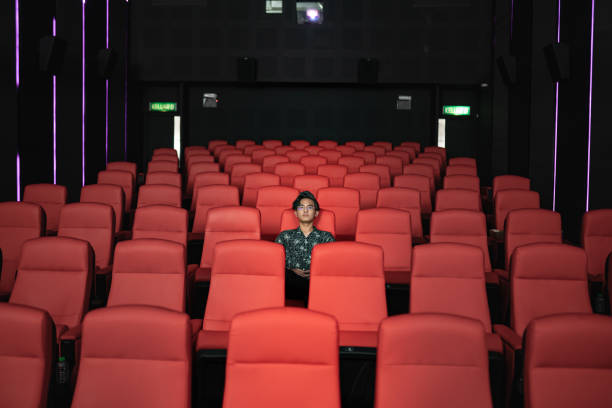**Innovating Tradition: The Reimagining of Opera in the Digital Age**
Opera has long been regarded as the epitome of high art, with its grandeur and depth commanding respect and admiration. However, as we sail further into the digital age, this once untouched art form is being revolutionized. The invention of virtual reality, live streaming, and digital scenography are transforming opera into a more accessible, immersive, and modern form of entertainment.

Opera’s Grand History
Opera, a dramatic form that emerged at the end of the 16th century, is a unique blend of music, poetry, drama, and visual art. It was born out of the Renaissance’s intellectual movement that sought to recreate the emotional power and expressive potential of ancient Greek theater. Over the centuries, opera evolved, with various styles and forms reflecting the changing tastes and societal values of different eras.
Revolution in the Digital Age
The digital age has brought about a seismic shift in almost every aspect of life, and opera has not been spared. This once exclusive art form is now being made widely accessible through digital platforms. Live streaming has opened up a world of opportunities, allowing audiences from around the globe to enjoy performances from leading opera houses. However, the innovation doesn’t stop at accessibility. The integration of technology into performances is transforming the opera experience, with digital scenography and virtual reality adding a new layer of immersion and interactivity.
The Power of Digital Scenography
Digital scenography, the use of digital technology in designing and implementing stage scenery, is pushing the boundaries of visual storytelling in opera. By replacing traditional painted backdrops with dynamic digital projections, designers can create realistic, intricate, and ever-changing environments that enhance the narrative and emotional resonance of the performance. The result is a more immersive and visually engaging experience that retains the essence of the traditional opera while embracing the possibilities of the digital age.
Virtual Reality: The New Frontier
Virtual reality (VR) is the latest technological innovation to make its mark on opera. By placing viewers in a fully immersive, 360-degree digital environment, VR enables a level of engagement and interaction previously unattainable in traditional opera viewing. This technology not only revolutionizes the viewing experience but also offers new creative avenues for directors and designers, allowing them to defy the limitations of physical space and create unprecedented visual spectacles.
The Future of Opera in the Digital Age
The incorporation of digital technology into opera is not a mere trend, but a necessary evolution to keep the art form relevant in the 21st century. While some may argue that this innovation compromises the authenticity of the traditional opera, it is undeniable that it has broadened its appeal and accessibility. The future of opera in the digital age is bright, with potential for further innovation and evolution, ensuring this art form remains a vital part of our cultural landscape.
In conclusion, the digital age is not the end of opera, but a new beginning. As technology continues to evolve, so too will opera, paving the way for a more inclusive, immersive, and exciting future. While the grandeur and depth of traditional opera will always be admired, the reimagining of opera in the digital age is a testament to the enduring power and adaptability of this art form.




